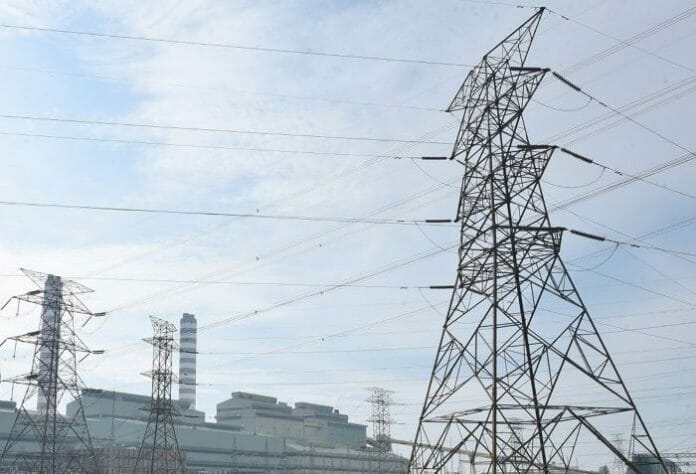So whats new on the energy sector, quite a bit actually, the Ministry of Energy Transition and Public Utilities announced its 2024 RE initiatives and programs last week which will set the RE tone for 2024.
Among them includes, the fifth cycle of the Large Scale Solar (LSS) program with a 2GW quota allocation which is by far the largest for the LSS program. Capacity bid limit is upped to 500MW (maximum capacity per bidder was 100MW in LSS3 and 50MW in LSS4) while a special category for floating solar was created with a 500MW quota. Bidding to be opened from 1st April 2024.
Additional 400MW quota for the Net Energy Metering (NEM) program comprising 300MW for NEM NOVA and 100MW under NEM Rakyat, which will be offered from 5 th February 2024 until December 2024. Low Carbon Energy Generation (LCEG) program through the NEDA mechanism with a quota of 400MW for development of non-solar RE such as wind, small hydro, biogas, biomass and hydrogen from 5th February 2024 onwards and a pilot project for a battery energy storage system with a capacity of 400MWh to be undertaken by Tenaga. The project is expected to commence in 1QCY24.
The latest announcement by METPU underpins a strong visibility of RE pipeline for the power sector this year. MIDF believes RE EPCC players such as Samaiden, Sunview, Pekat and Solarvest (Non-Rated) are among the immediate term beneficiaries given a potential step-up in demand for RE EPCC services. The 2.4GW combined solar quota under the latest LSS and NEM program translates into an estimated RM7.2-8.4b worth of EPCC jobs which we expect to be tendered out in the next 12-24 months, providing significant orderbook expansion opportunities. This is on top of upcoming tenders for: (1) 800MW CGPP power plants which we expect to come within 1HCY24 entailing RM2.4b worth of EPCC jobs, (2) First 500MW of the UEM-Itramas 1GW hybrid solar NETR flagship project in Johor entailing potentially
RM1.5b worth of EPCC jobs.
Within the asset owner space, we believe the big players within the utilities sector such as Tenaga and YTL Power are likely to come in as anchors in its consortiums, especially for larger capacity bids. One of the key changes in the latest LSS is the rise in capacity bid limit to 500MW which is 5 times the previous 100MW limit for LSS3 and 10 times the 50MW limit for LSS4. The house reckons a project of such size could entail a huge capex of some RM2-2.3b which requires fairly demanding balance sheet capacity. Having said that, MIDF also notes that prior LSS winners also included non-utilities players from the property, plantation and construction sectors. Landowners could come in as strategic partners given huge requirement for landbank e.g., a 500MW solar farm is estimated to require at least 2000 acres of total landbank. It is uncertain at this point if the regulators will allow multiple locations for each LSS bid pending official details of the program.
One of the key pain points in prior LSS programs was the excessive competition to supply energy to a single buyer which has driven down returns to single digit levels. The CGPP (Corporate Green Power Program) model in MIDF’s opinion is a more liberalized model allowing players to seek their own off taker, thereby allowing better price discovery in the market. Having said that, the house also took note of the fact that the CGPP are essentially exclusive arrangements between solar power producers and their offtaker that requires a fair allocation of grid upgrade costs (to accommodate more injection of intermittent RE sources to the grid), which is currently absent.
Once such fair cost allocations and third-party access to the grid (TPA) are established, it believes a more liberalised model for large scale RE could be expected. The house reaffirms a POSITIVE call on the power sector on the back of a clear and firm policy layout on the energy transition, which we believe should drive a sector re-rating on improved growth and ESG profile. The latest announcements by METPU underpins the policy drive to achieve 70% RE penetration by 2050. Top picks are the EPCC sub-sector players namely Samaiden, Sunview and Pekat being key immediate-term beneficiaries of the various RE program rollout.
Tenaga is one of the key beneficiaries in the asset ownership space, being the sole operator of the grid, which is expected to see a step up in capex to accommodate RE supply expansion









